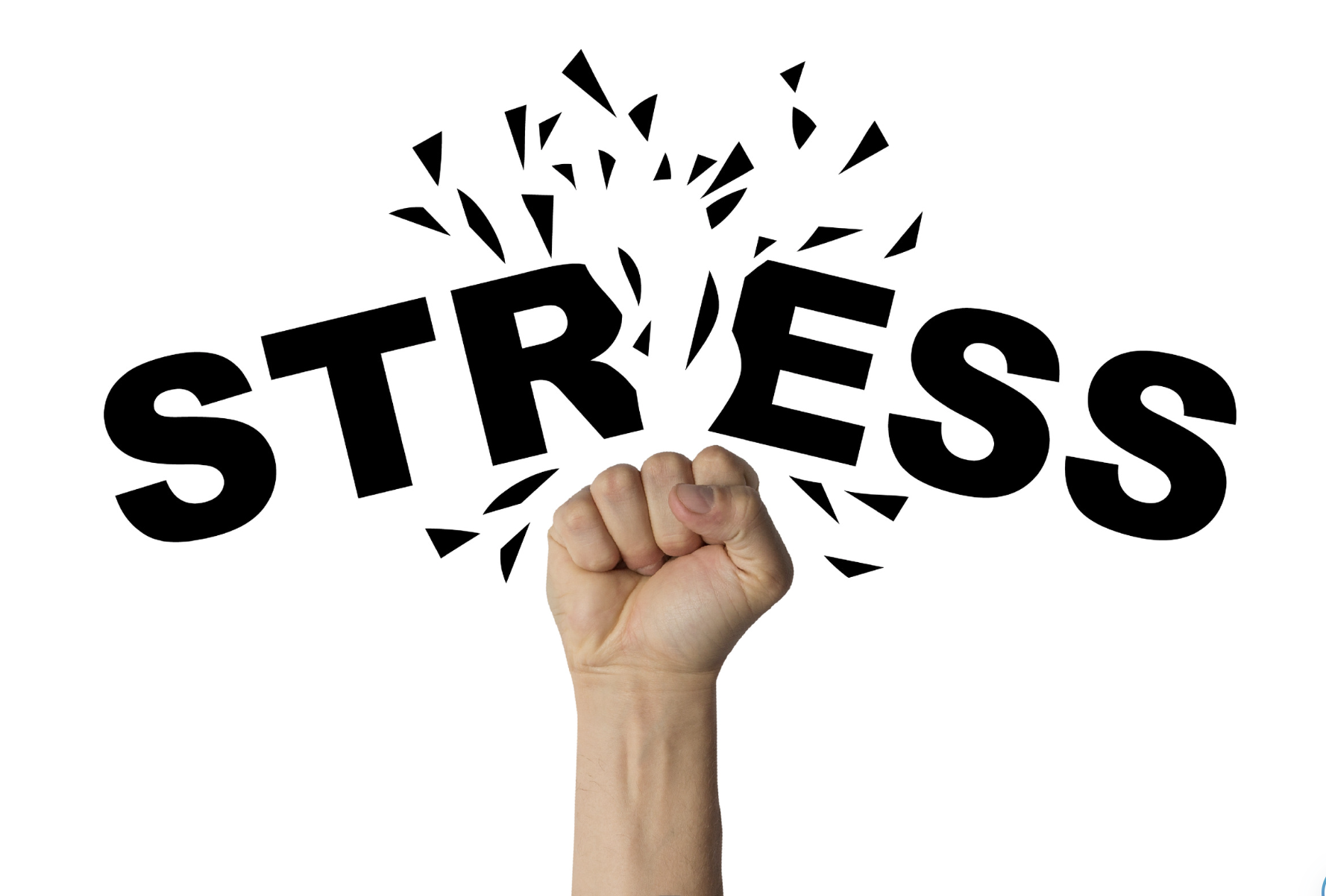Have you had a chance to think about some of the indicators that you might be experiencing excess stress? Remember that the symptoms of too much stress – physical aches or tense muscles, hostility, disorganization, lack of motivation, loneliness, nervousness, fatigue, and more – are not stress itself, but ways we are responding to stress in our lives. Not all stress is bad. “Good” stress motivates us, drives us, and gets our adrenaline going. But if there is too much stress or the wrong stresses, we become “distressed,” and these negative stressors impacts us in negative ways.
So when we experience stressors that cause us to respond, things like too much noise, harsh lighting, too many demands, uncertainty, insufficient or unclear communication, and others, we respond in ways that impair our functioning and generally make our life suck, from a little to a lot. Examples are like when you can’t fall asleep at night or have nightmares, you lose your appetite or eat everything in sight, your shoulders feel like they have boulders on top of them, or you just can’t seem to relax without a cocktail or two or three.
Your stressed-out body is like a stationary bike. You can spin it as fast as you like but you’re not actually going anywhere. Working out at the gym, getting a back massage, taking a hot bath, or drinking a cup of tea are all good steps for temporarily easing the physical tension in your body and perhaps even relaxing your mind a bit. But when you get back into the hornet’s nest, has anything really changed? Probably not the noise level, harsh lighting, excessive demands, or your Type A personality. So, your shoulders get tense again, your head starts to pound, and before long you’re getting cranky, withdrawn, or fatigued all over again.
So the reality is that stress is our response to internal and external sources, some of which seem beyond our control. But, as I hope to show you, we are in control of our minds and responses. When we have the proper coping strategies, we change our perception of the sources of stress, and that is where the change occurs. Freedom at last!
The best way to combat stress is to treat it like the danger that it is. Unfortunately, it just doesn’t go away on its own. Wishing it away, ignoring it, or trying to wait it out won’t work. For an organization or an individual to minimize the hazards of stress there needs to be a strategy to address the core issues.
I recommend a 4-stage approach as follows:
1. Identify the sources of stress. What are the stressors that are grinding on you or your workforce every day?
2. Assess the risks. Who is being affected and how? Understand individual concerns and, when applicable, group issues.
3. Implement controls to minimize the risks. At companies, this includes controls of both administration and operations. For individuals, it means getting clarity and taking charge.
4. Monitor and adjust. As we learn more about what is getting better and what is not, we can make adjustments to keep improving the system’s effectiveness and provide ongoing support to keep things moving in the right direction.
Truly managing stress means treating it like the real antagonist it is. Identifying the root causes, figuring out what to do about them, and making changes, both external and internal, are the keys to permanently coping with stress.
We can change our systems and strategies to reduce negative stress through the approach above. We can also change our responses to too much stress through mental techniques that help us adjust our internal perspective and frames of reference. To impact stress in a lasting way, we need to address both the causes of stress and our responses to them. Fortunately, just as a bad haircut will grow out after time, our ability to manage too much stress becomes easier when we gain access to the proper tools.
I can help you manage stress in an impactful, lasting way to help you regain control of your mind, body, and life. If you are interested in managing your stress, book a session today, and let’s get started.

